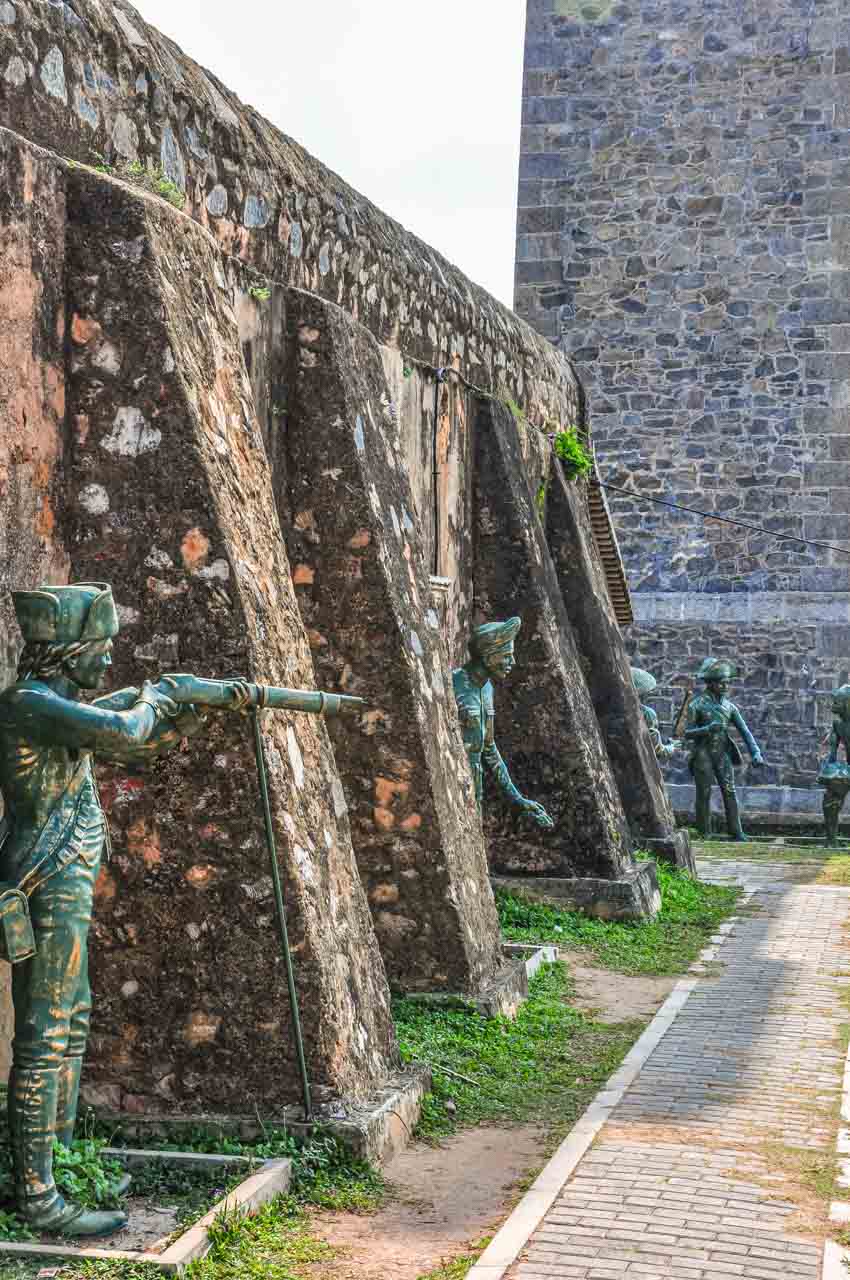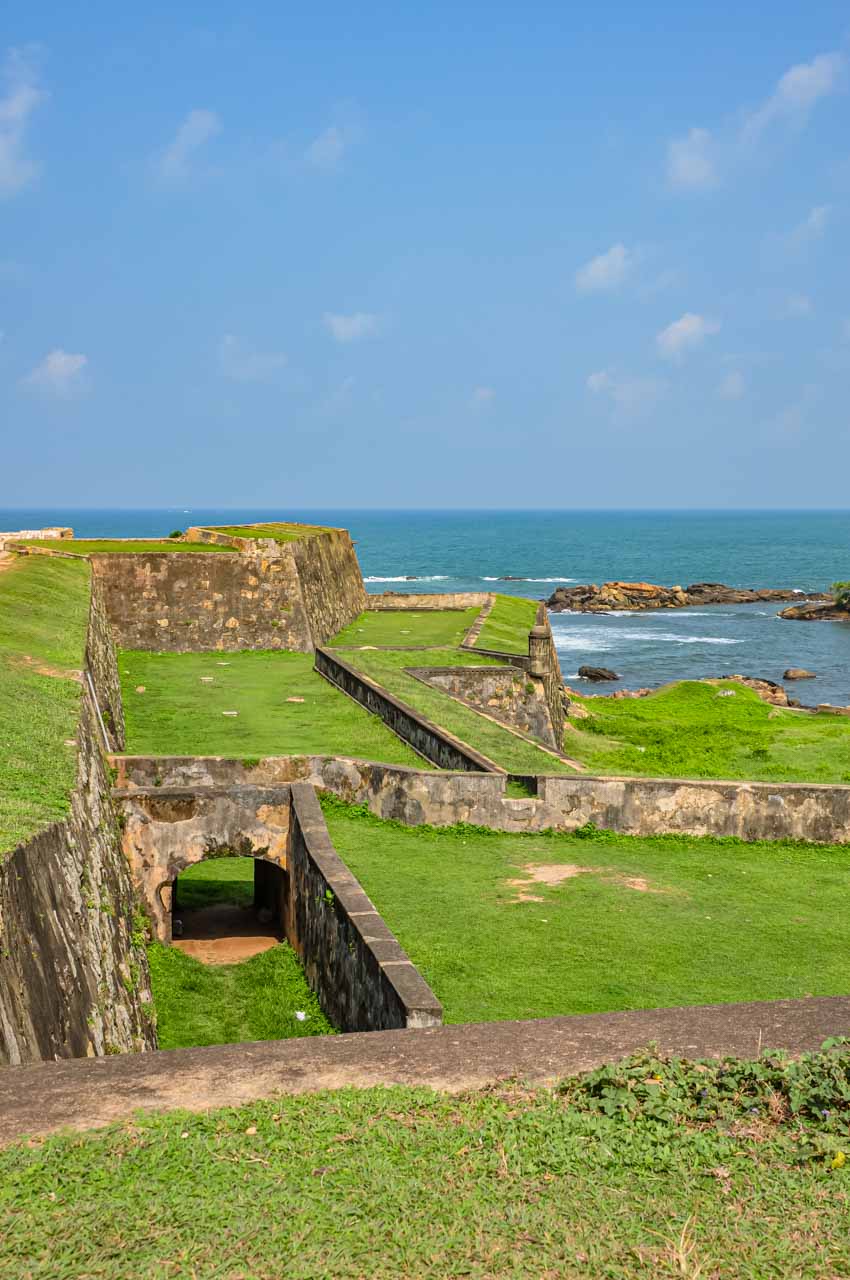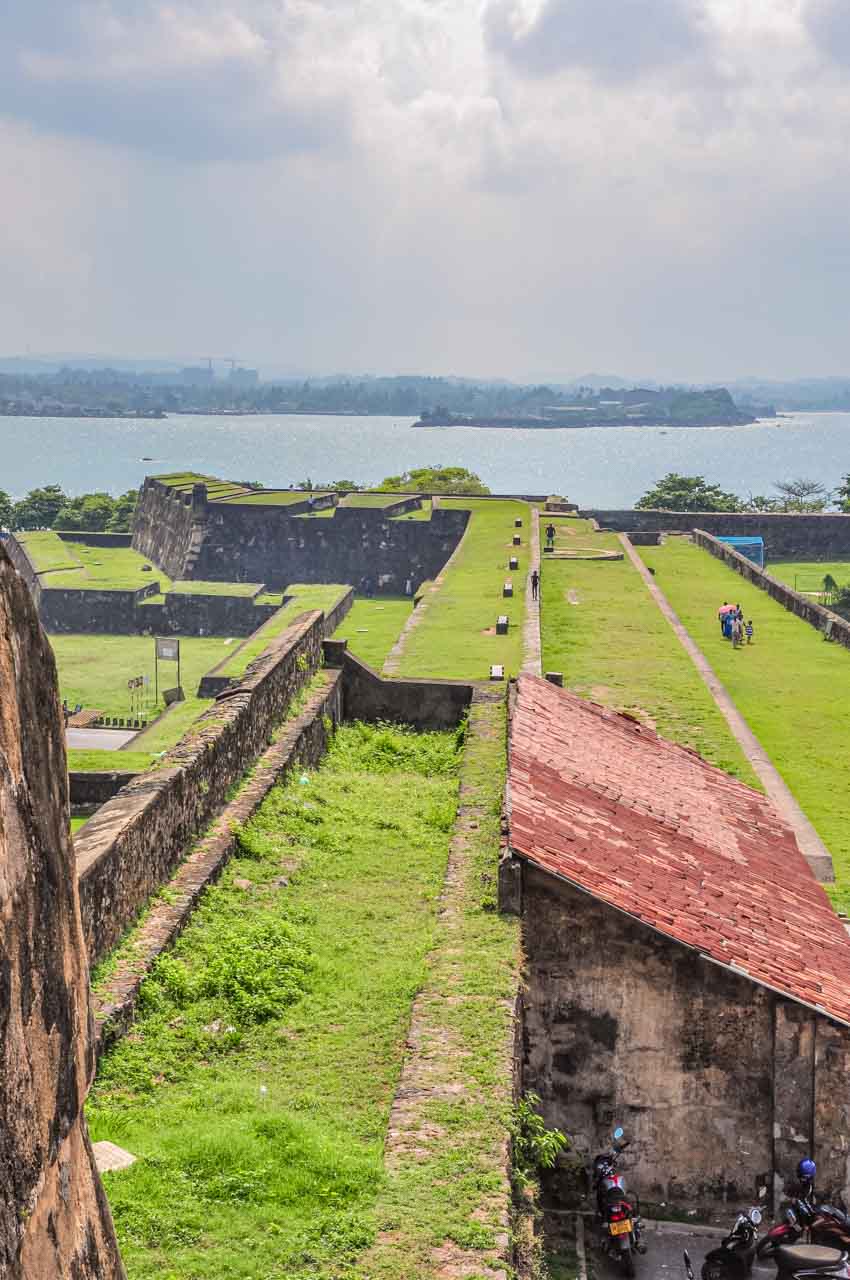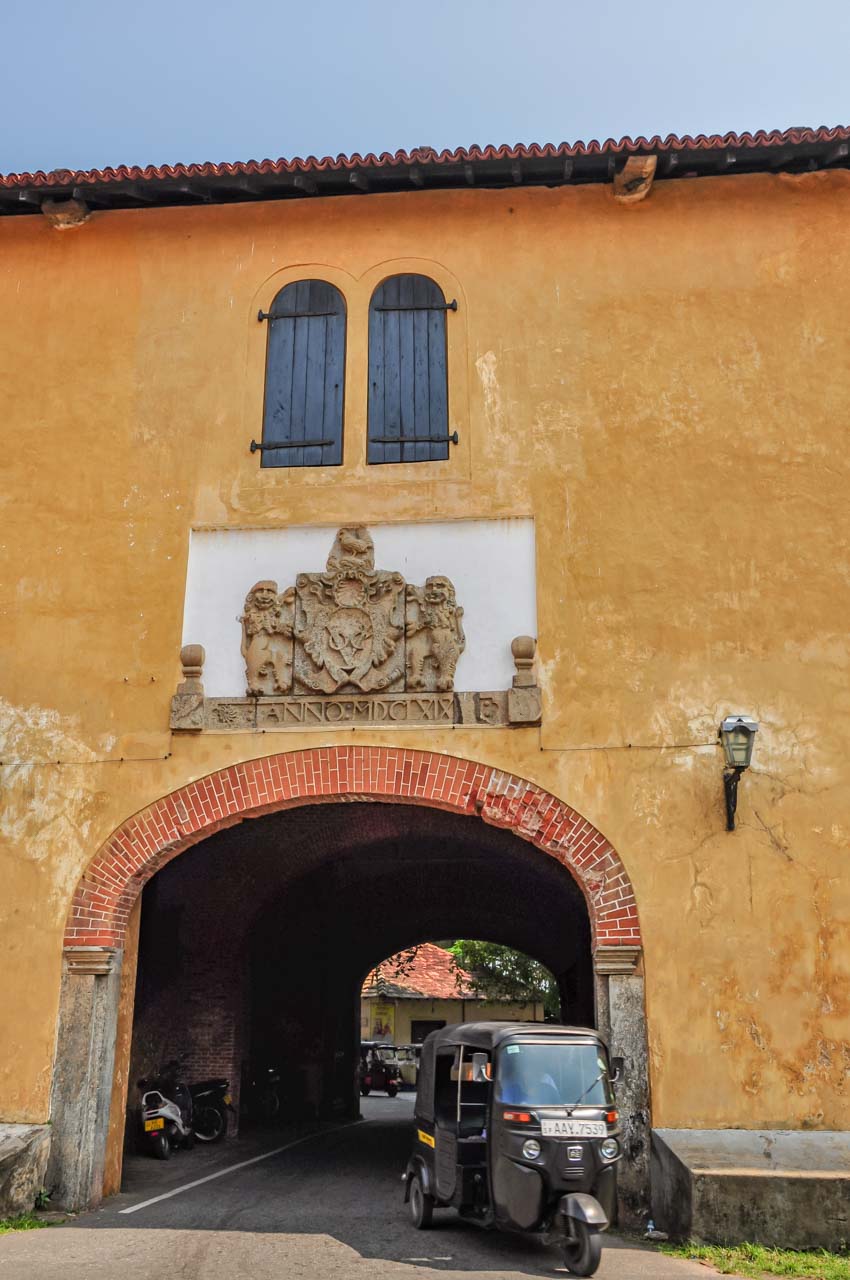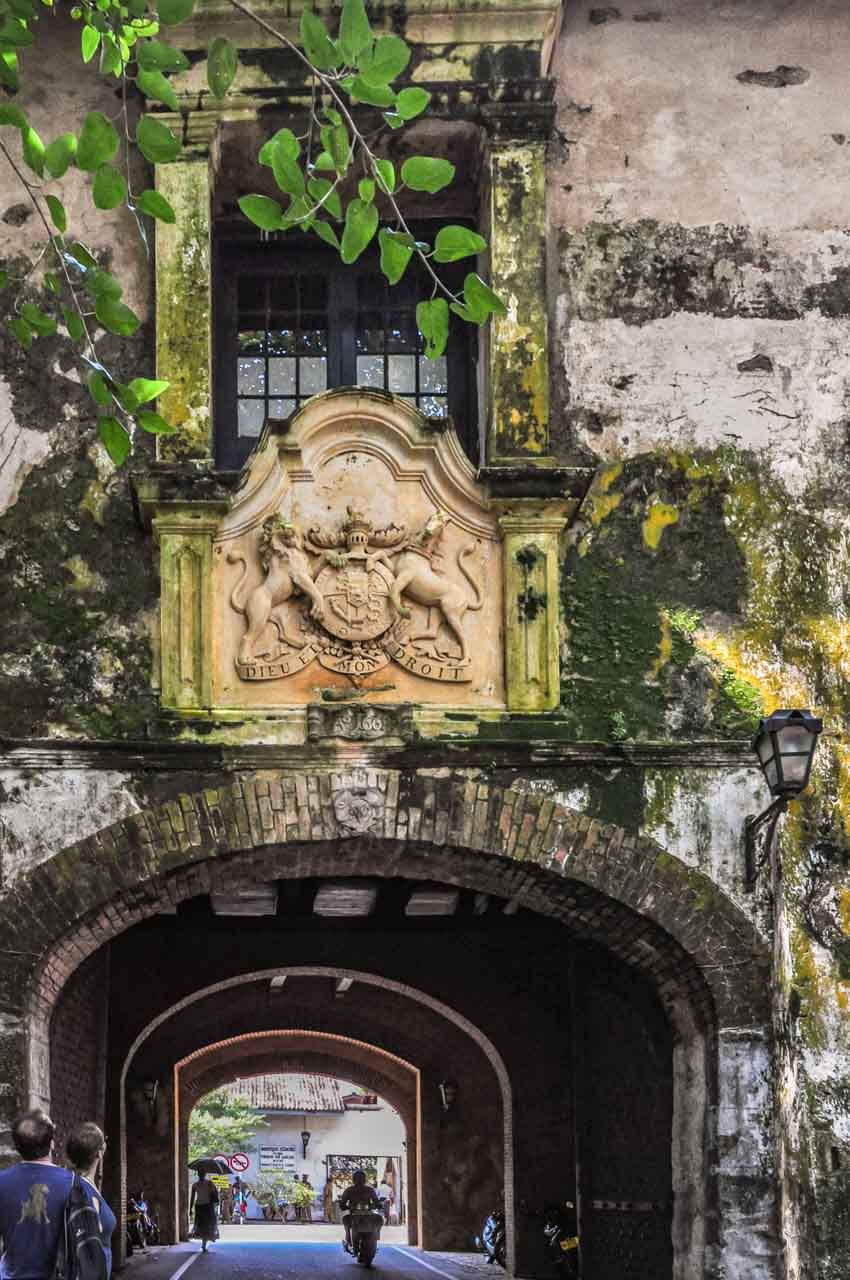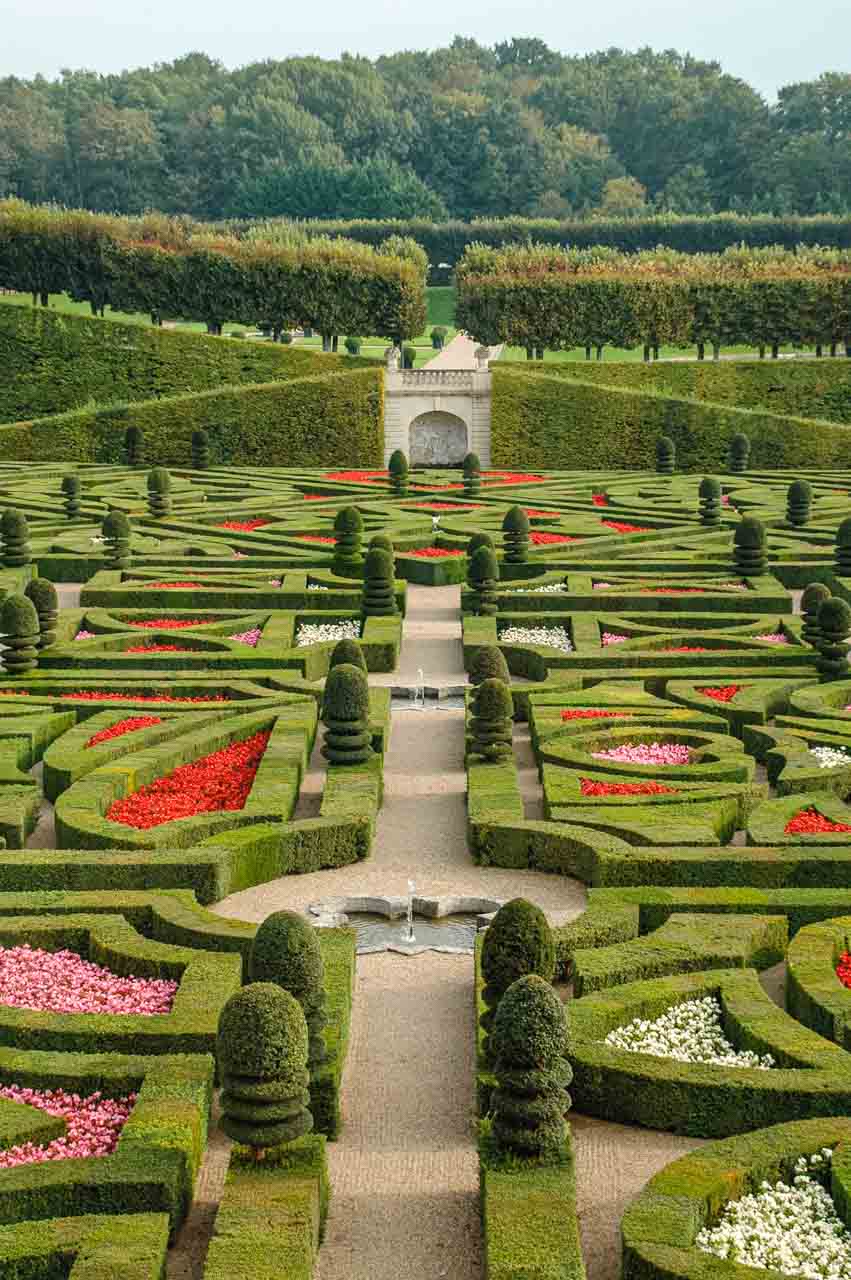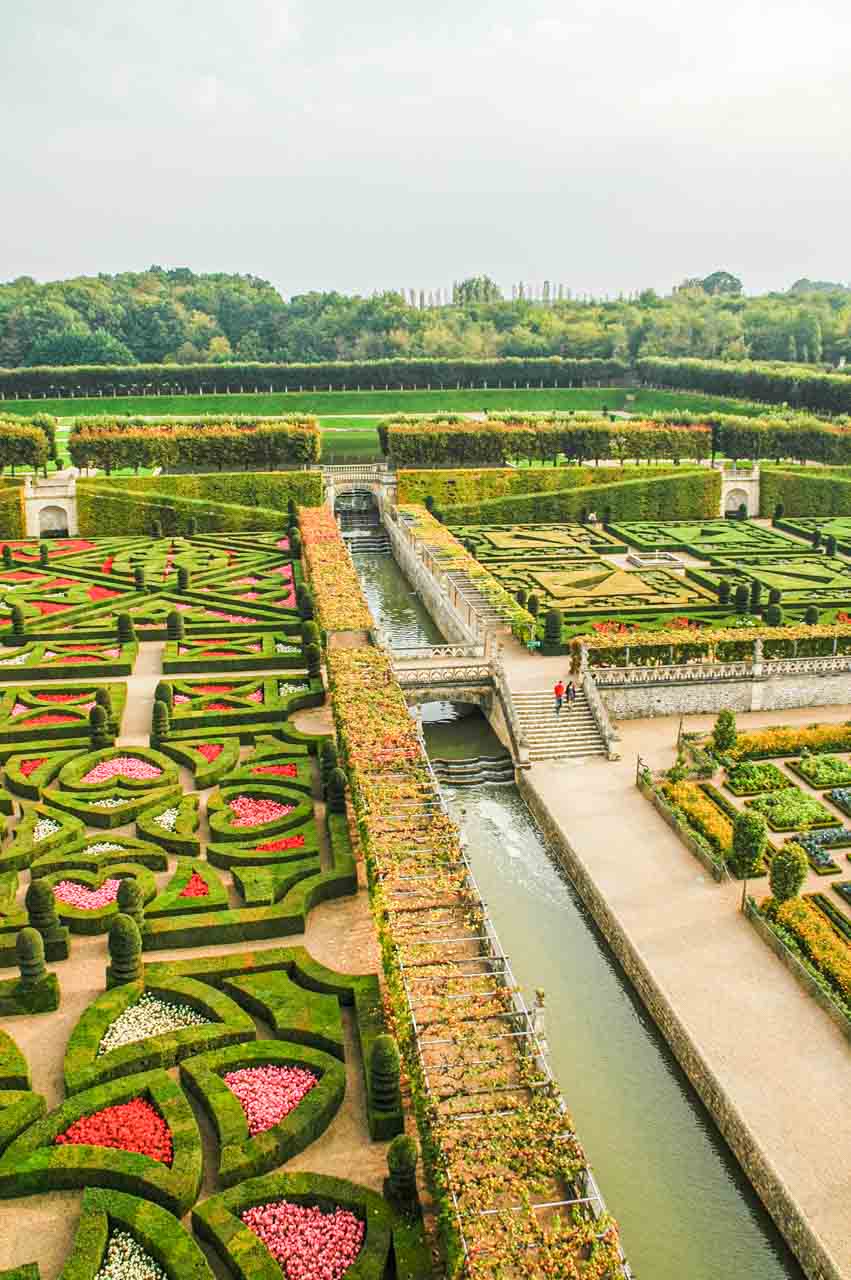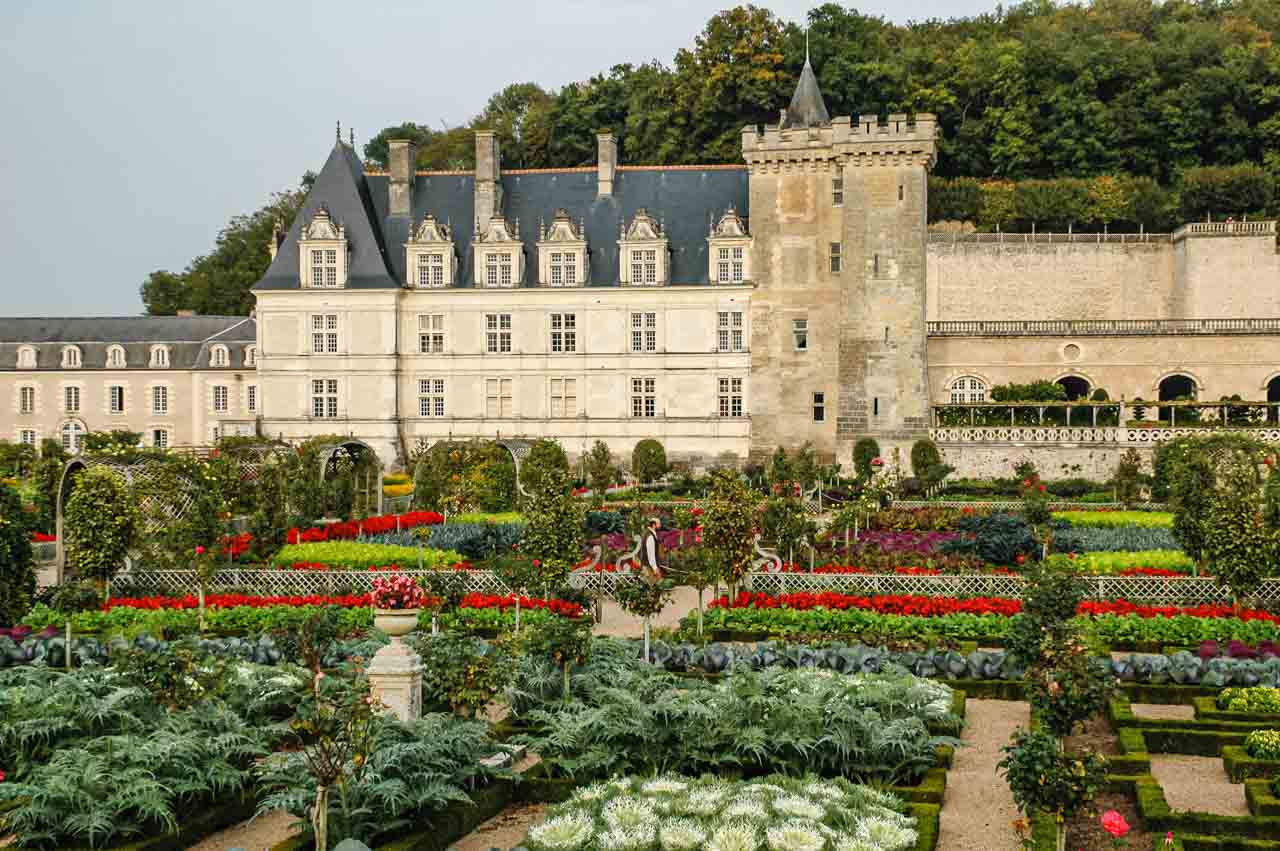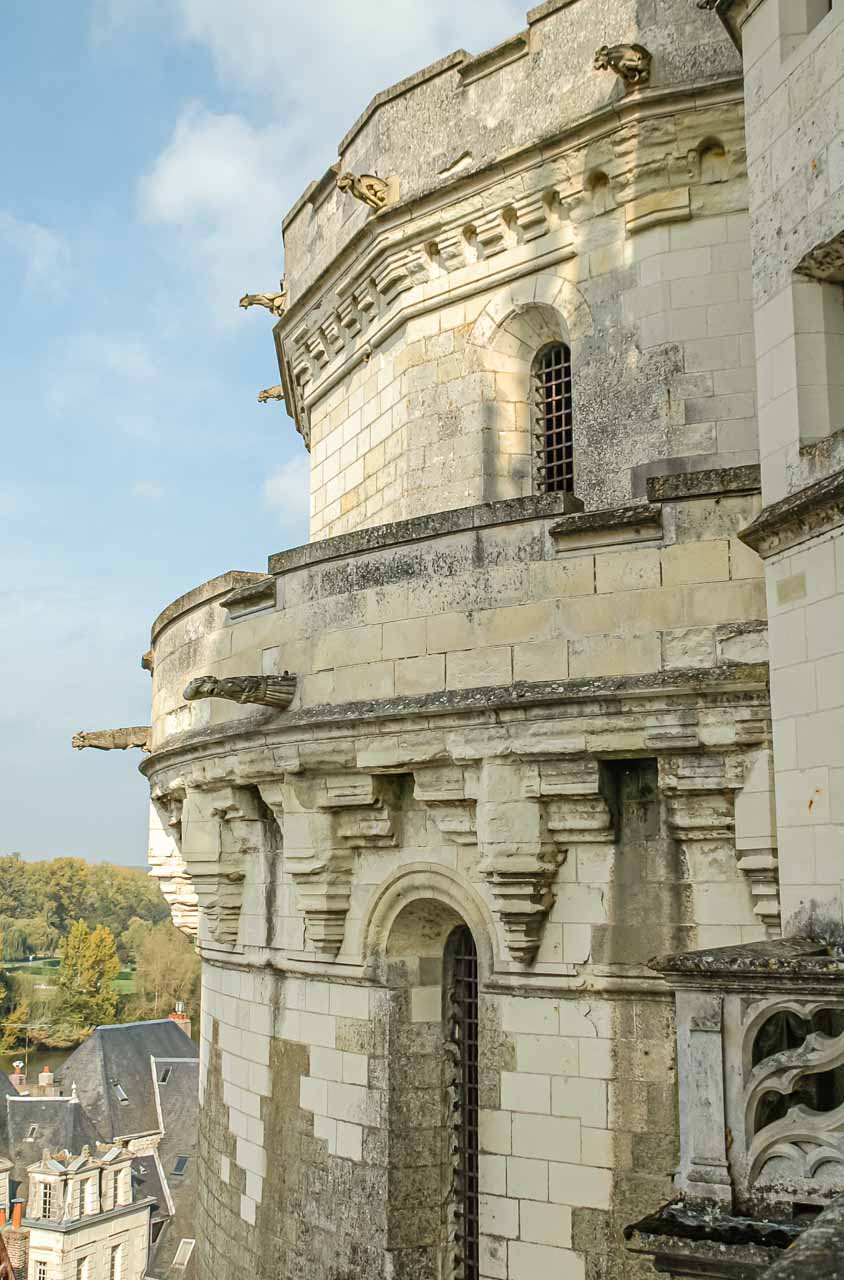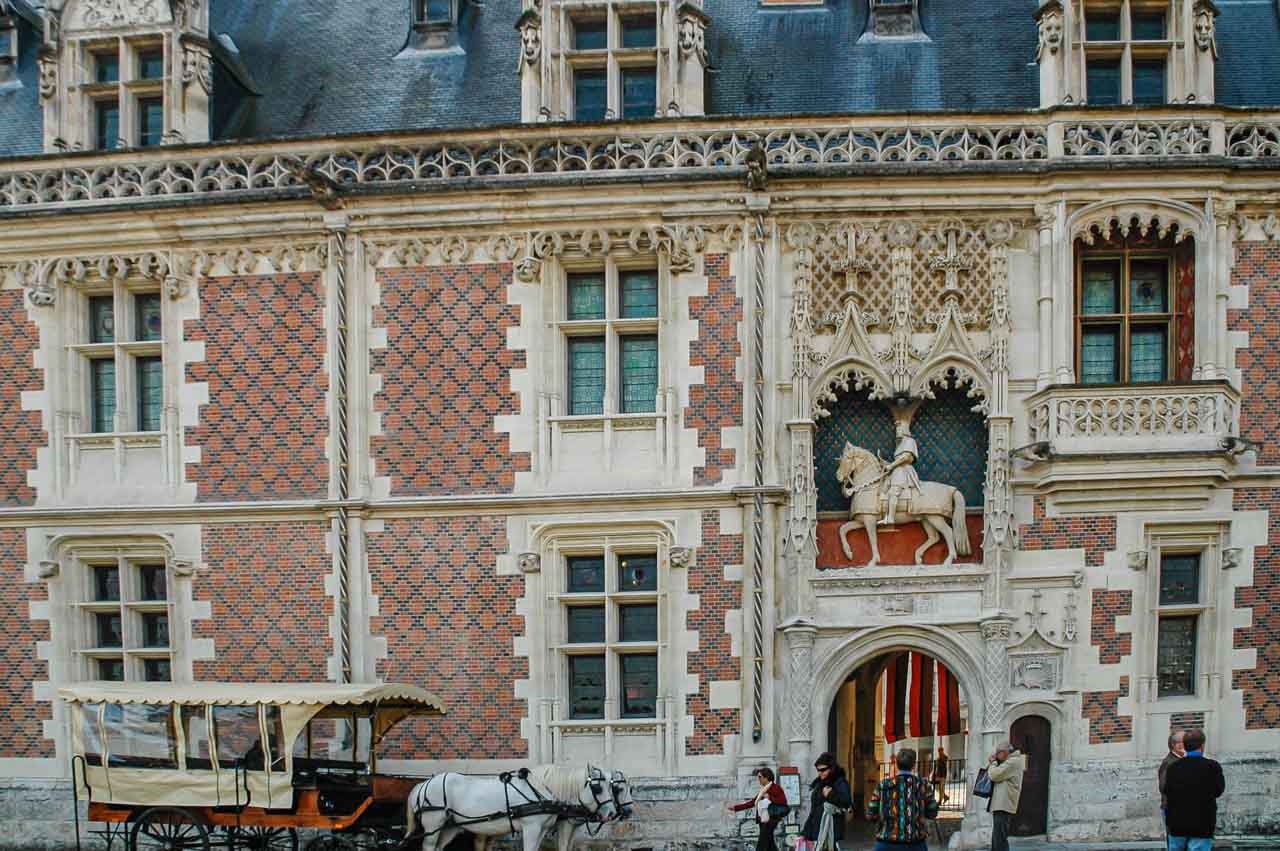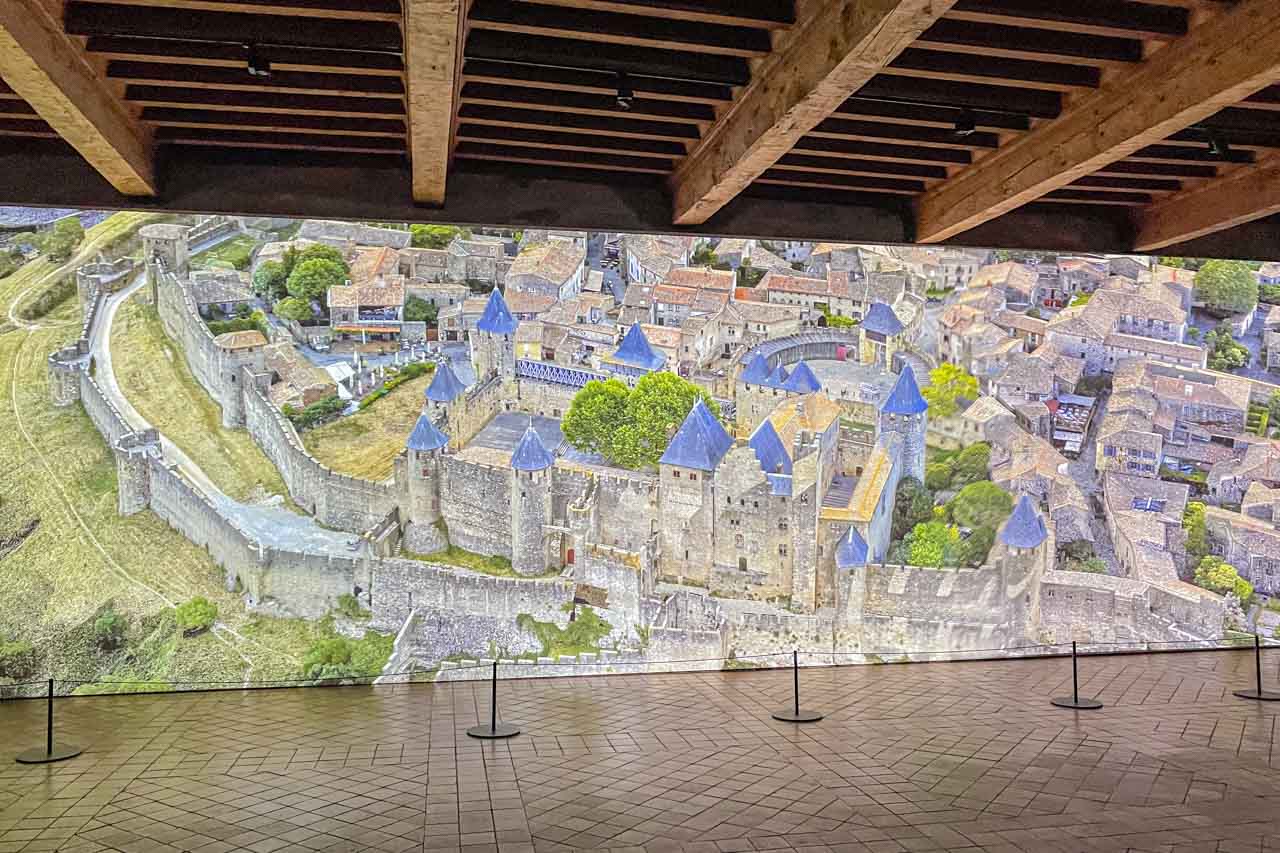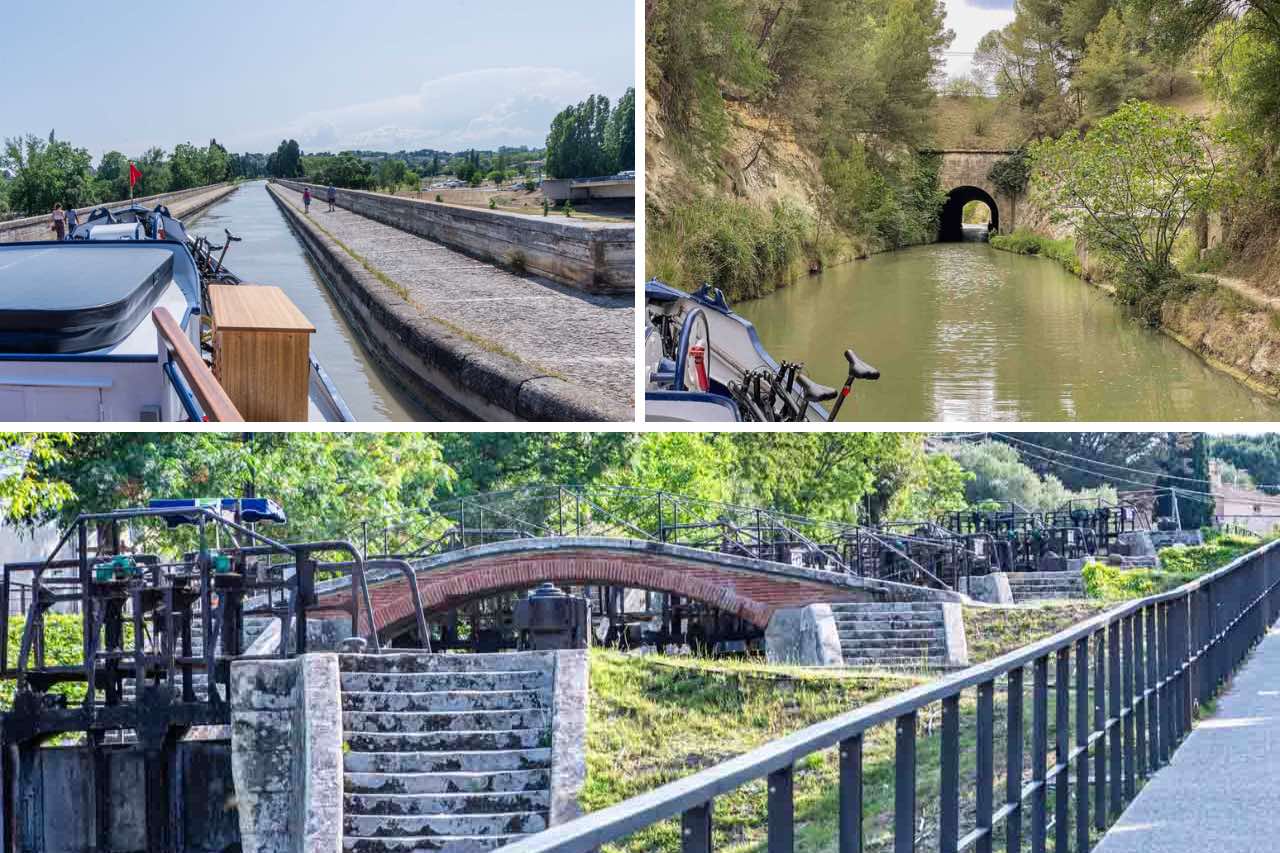See Sri Lanka’s Colonial Galle Fort – a Must-Visit World Heritage Site Best Explored on Foot. Welcome to Galle Fort, a UNESCO World Heritage Site and an iconic landmark…
See Sri Lanka’s Colonial Galle Fort – a Must-Visit World Heritage Site Best Explored on Foot.
Welcome to Galle Fort, a UNESCO World Heritage Site and an iconic landmark on Sri Lanka’s southwest coast. Galle Fort is a living testament to the island’s rich history and cultural fusion, offering visitors a unique and immersive e experience. Its cobblestone streets, ancient ramparts, intriguing museums, and vibrant markets make it a must-visit destination for any traveller to Sri Lanka.
This comprehensive guide takes you on a leisurely walk around Galle Fort. You’ll discover its historical sites and hidden gems, including the iconic lighthouse and historic Dutch Reform Church. As an ‘ultimate’ guide, I have included personal suggestions on where to eat, where to stay, and when to go.
From walking atop its well-preserved ramparts with panoramic views of the Indian Ocean to exploring its maze of streets lined with boutique shops, cafes, and museums, Galle Fort captures the essence of Sri Lanka’s diverse cultural heritage.
So, whether you’re a history buff, a culture enthusiast, or just looking for a relaxing walk around a beautiful, quaint city, Galle Fort is perfect for you. Follow my guide and spend one perfect day in Galle Fort, exploring the best of what it has to offer.
Why visit Galle Fort?
Galle Fort is rich in history, with 400 years of Portuguese, Dutch, and British colonialism. Built by the Portuguese in 1589, the Dutch seized the Fort in 1640 and extended its fortifications, which survive to this day. The British modified the Fort after the Dutch handed it to them in 1796. Galle Fort is a UNESCO World Heritage Site and remains the best example in south and southeast Asia of a fortified town built by Europeans.
Galle Fort is protected by a wall (ramparts) with 14 bastions that have seen little change since the Portuguese completed it in 1729. The fortifications run for 3 kilometres and are over 1 metre thick. Inside the Fort is a mixture of architecture, with Dutch-colonial buildings, ancient mosques and churches, and grand mansions. Here, you will find cafés, restaurants, boutiques, museums, and hotels. It is also a thriving commercial centre.
With a relatively flat area of only 0.52 square kilometres within the fortifications, Galle Fort is easy to walk around and see everything. It is also a good base for day trips to the southern beaches, gardens, tea factories, rain forests, and nature walks.
Sri Lanka holds some memorable highlights for me, such as walking the railway line between Ella and Demodara, our visit to Geoffrey Bawa’s garden, and a perfect day exploring Galle Fort.
Galle Fort location and getting there
Galle Fort is a historically fortified town, with the New Town of Galle outside the walls. The Fort is on the southwestern tip of Sri Lanka, 126 kilometres (78 miles) down the west coast from Colombo (Sri Lanka’s capital).
I travelled to Sri Lanka with my sister and brother-in-law for a three-week trip around this teardrop-shaped island. Ours was a private tour with a personal driver, the most comfortable way to get around. However, given its size, travelling around Sri Lanka by taxi, bus, and train is also possible as distances between sights are relatively short.
For a comprehensive guide on getting around Sri Lanka, check out Nerd Nomads’ travel blog post.
We took the coast road to Galle rather than the expressway at our driver’s suggestion. While taking the expressway would have been quicker (approximately 1.5 hours as opposed to approximately 3 hours), the coast road, according to our driver, is more interesting and scenic. And it was! Hugging the coastline, we passed through many small villages that provided a glimpse into local daily life, where farmers and fishermen continue to live and work as they have done for generations.
The drive down to Galle was our first real experience of driving in Sri Lanka. I have been in many countries where I thought the general population were terrible drivers, but Sri Lankan drivers take the prize. Their idea or practice of passing is downright scary.
Picture this: You have a two-lane road barely wide enough for two cars, with one lane for each direction. Suddenly, your lane has three vehicles side-by-side (including your own, with your driver on his mobile phone) as two vehicles want to pass one, and a bus is coming in the opposite direction. No one gives way as all four vehicles come level with each other, and all you can do is close your eyes and hold your breath. And yet, I never saw an accident!
I learned a valuable lesson on this drive – don’t ever think of doing a self-drive holiday in Sri Lanka, as you may never survive the experience. Their driving and use of the roads are, for these foreigners, positively frightening. My brother-in-law was never able to relax when we were driving. For some reason, he always managed to get the seat with a clear view out of the front windscreen, causing him to remain transfixed on the traffic and in a perpetual state of anxiety.
Galle Fort walking guide
We decided on an early start for our walk around Galle Fort, its bastions, ramparts (walls), and landmarks so that we would be finished before the day got too hot. In hindsight, it makes no difference in April, heat-wise, what time of day you venture out, as it is always very hot and wet (humidity, not rain).
After a leisurely breakfast at the Fort Bazaar (our hotel) of fresh fruit, bacon and eggs, and freshly ground coffee, we set off on our self-guided tour (walk) of Galle Fort. Following our route, you will visit all the major attractions and more.
Walking up Church Street (Galle Fort’s main thoroughfare) towards the main gate and the Clock Tower, we passed All Saints Anglican Church with its distinctive stumpy steeple and the Maritime Archaeological Museum.
Our first stop on Church Street was at the Dutch Reform Church (corner of Church and Middle Streets). Originally built in 1640 and completed by the Dutch in 1755, the church is still in use. Tombstones removed from Dutch cemeteries are laid on the floor of the Dutch Reform Church – the oldest date from 1662. There are more tombstones in the church’s grounds.
Leaving the Dutch Reform Church, we continued up Church Street, making our way to the Clock Tower, our starting point for our walk along the Fort’s ramparts.
Heading east and past the Main Gate, we walked up onto the ramparts at the Moon Bastion, with its large Clock Tower built by the British in 1882.
Moon Bastion has an unhindered view of the ocean and is considered one of the main bastions of the Fort. It was built by the Portuguese in 1620 and strengthened by the Dutch in 1667 with a strong firepower base, including 16 canons. Sri Lanka’s Ministry of National Heritage has converted Moon Bastion into an art gallery with statues, sculptures, and art that depict people and events that mattered in the past.
From here, you can see the length of the northern ramparts (east to west) to the Star Bastion and Sun Bastion.
The northern ramparts are the most heavily fortified section of the ramparts as they protect the most vulnerable side of the Fort – the landward side. The Indian Ocean surrounds Galle Fort on three sides.
For those cricket fans: These northern ramparts, especially at the Sun Bastion, provide a good view of the Galle International Cricket Stadium outside the Fort. This massive, 30,000-seater stadium has hosted more than 100 one-day international matches. Australian bowler Shane Warne claimed his 500th Test wicket at the stadium in 2004. In 2010, Sri Lanka’s legendary cricket player, Muttiah Muralitharan, played his last match at this venue. However, as of July 2018, Galle International Cricket Stadium was at risk of losing its UNESCO World Heritage status due to the unauthorised construction of a 500-seat pavilion.
Turning south at the Sun Bastion, we came to the Fishmark Bastion, built to protect the local fishing boats.
We left the ramparts at Fishmark Bastion to walk through Court Square, where we stopped at the Old Gate. This gate was the original entrance to the Fort and the only section of the Portuguese fortification that remains. The Fort side of the Old Gate is inscribed with the Dutch East India Company’s coat of arms, while the port side of the gate is adorned with a British coat of arms (which replaced the original Dutch crest).
Court Square is shaded by magnificent, massive banyan trees with branches that seem to spread forever. The Square houses the law courts (with the lawyers standing around in their black suits) and the Old Dutch Hospital (the white, two-story building on the left in the photo below). The Old Dutch Hospital is now home to shops and cafes.
Heading south down Hospital Street, we found ourselves at the Point Utrecht Bastion, which is dominated by Galle Lighthouse. The British built the current lighthouse in 1939 after the original was destroyed by fire. With the lighthouse standing 26.5 metres high (87 feet), the light has a range of 47 nautical miles (87 kilometres / 54 miles) and is still in use. Galle Lighthouse is Sri Lanka’s oldest light station.
We climbed back onto the wall at the lighthouse and walked along the southern rampart towards Flag Rock. Along this south section of the wall, families gathered on the shaded grass, picnicking and playing cricket.
Walking past the Meeran Jumma Mosque, which looks very much like a European Baroque church, we came to Flag Rock, located on the southernmost end of the Fort. People dive from Flag Rock into the ocean – described as daring free-style divers. I saw a young man run along the top of the rock and dive from it. “Idiot” might be a better description than “daring”. “Clearly potty” is how one guidebook describes these jumpers. Perhaps they have insider knowledge of exactly where the submerged rocks are.
We finally headed north as the ramparts hugged the west coast. We ended our ramble along Galle Fort’s ramparts near the army barracks, just before the Clock Tower where we had begun. Here, we cut across the village green past the Army Barracks, as I had thrown a hissy fit, being upset that we were still walking in the heat. This was a shortcut back to our hotel and a welcomed decision.
The guidebooks and tourist brochures inform you that the walk along the ramparts will take 90 minutes. We took almost twice that length of time due to the heat and constant stopping to take photos. It’s surprising how hard it is to lift your feet when weighed down by heat and humidity!
We made a couple more stops before returning to our hotel for a well-earned rest in our air-conditioned rooms.
We felt a long, cool drink on the wide veranda of the luxury Amangalla Hotel was warranted before visiting the Historical Mansion Museum (at 31-39 Leyn Baan Street – entrance is free). This museum has an extensive private collection of antiques and miscellaneous objects (described by one guidebook as “outright junk”). The collection belongs to Abdul Gaffar, a local gem merchant, and is displayed in an old Dutch mansion. In my opinion, Gaffar has a serious hoarding problem, with rooms and cabinets stuffed full of old typewriters, cameras, telephones, crockery, spectacles, jewellery and old Chinese memorabilia. To describe this collection as bizarre is to be very kind and generous. It was just downright weird! For that reason alone, it is worth the visit. The museum does provide insight into some traditional crafts with presentations of lace embroidery, gem cutting and jewellery making. However, be cautious if you have asthma because the museum is very, very dusty.
Where to eat
Lunch on our walk was at the Serendipity Arts Café (65 Leyn Baan Street), which one guidebook recommended. The food was good. I had a delicious chicken club sandwich, which was not very imaginative of me.
Our first night’s dinner was in the restaurant at the Galle Fort Hotel (at 28 Church Street), which was recommended by guidebooks.
The Galle Fort Hotel was a former gem merchant’s mansion. The restaurant’s setting was picture-perfect, with the tables on the wide veranda overlooking the pool and garden.
We had dinner at The Fort Printers (39 Pedlar Street) on our second night in Galle Fort. This elegant, small private hotel (a restored 18th-century mansion) was a printing facility in its former life. The original printing press is on display in the hotel lobby. We discovered this hotel on our morning walk. I found the menu limiting as I am allergic to seafood, which was the restaurant’s specialty. My sister and brother-in-law have no such allergy and loved the menu choices. However, the menu included chicken, lamb, and vegetarian dishes. The restaurant is in a lovely setting in a courtyard around a small pool. We were tucked into an alcove at the side of the courtyard that afforded a good level of privacy, which was just as well as our conversation became quite lively and animated. Even so, our waiter did not forget us. The staff were friendly, attentive, knowledgeable about their menu, and ready to answer any questions. The food was so good we went back a second night.
Where to stay
We stayed three nights at Fort Bazaar inside Galle Fort’s fortified walls.
Fort Bazaar (at 26 Church Street, Galle Fort) was formerly a 17th-century merchant’s townhouse. Opening in 2016, Fort Bazaar is a small, luxury boutique spa hotel. Its 18 rooms are spacious, cool, and contemporarily furnished with comfortable four-poster beds. It is in a central location within the Fort, and complimentary tea and cakes are served daily between 3.00 and 4.00 pm on the terrace. My kind of hotel! I could not fault the staff, who were friendly, attentive and helpful. It was Sri Lankan hospitality at its best!
When to go
The weather can significantly affect your travel experience and will probably be one of the most important factors in your decision when to visit Sri Lanka. Sri Lanka has a tropical climate with a dry season and two wet (or monsoon) seasons.
With its rich history and stunning colonial architecture, Galle Fort offers a unique blend of culture and natural beauty throughout the year. However, certain seasons may be more suitable depending on your preferences and travel goals.
Galle, and subsequently Galle Fort, experiences the following seasonal patterns:
- Dry Season: December to March – lowest rainfall and most days of sunshine
- First Inter-Monsoon Season: April – a transition in weather patterns with relatively dry days and occasional rain
- Southwest Monsoon (Yala Monsoon): May to September – more frequent rainfall, particularly in June and July
- Second Inter-Monsoon Season: October to November – more rain than the dry season but less than during the Southwest Monsoon
I recommend you refer to the World Weather site for Galle for a comprehensive list of daily average minimum and maximum temperatures per month, average total rainfall per month, and average number of rain days per month.
On a personal note, the humidity was 80% during our walk around Galle Fort, which caused havoc with our DSLR cameras – fogged-up lenses and constant error messages that prevented photos from being taken. While I have never conclusively found out if these problems were due to the humidity, it is certainly something to be aware of.
The humidity also impacted my clothing. I wasn’t just perspiring; I was completely wet! I was wearing a dark pink T-shirt that I had washed several times before this trip. However, the pink dye was coming out of my T-shirt. It stained my body, camera strap, and camera where they touched the T-shirt. To top it off, the colour was bleached entirely out of the T-shirt where my backpack was touching it – to the point where my T-shirt looked as though it had been tie-dyed.
As your day draws to a close, you’ll find that this historic town has offered more than just a walk through time. From the majestic views atop the ramparts to the charming streets lined with Dutch colonial buildings, every moment spent in Galle Fort is a reminder of the rich tapestry of cultures that have shaped this unique destination. Whether you’ve indulged in the local cuisine, explored iconic landmarks and hidden gems, or simply soaked in the laidback atmosphere, Galle Fort leaves an unforgettable memory on every traveller.
But Galle Fort is not just a destination; it’s a journey through history, culture, and beauty, all within a day’s walk. So, if you’re planning a trip to Sri Lanka, make sure you add Galle Fort to your itinerary. You won’t regret it.
Editor’s Note: I originally published this blog post in April 2019 and have updated it for accuracy, relevance, and comprehensiveness.
Disclaimer: This post contains no affiliate links. All views and opinions are my own and unsponsored. Unless expressly stated, all photos are my own and remain the copyright of Joanna Rath/Just Me Travel.
© Just Me Travel 2018-2024.
Have you been to Galle Fort? What other tips, information, and resources might you suggest for my readers?
I love hearing from you and look forward to reading and responding to your comments. Please join the conversation by leaving a comment below.
Like this post? Save it for Later!
Author’s Note: Please check the latest travel restrictions before planning any trip and follow government advice.
You might also like
Learn where to find the best wildlife encounters, discover the natural beauty of the Hill Country, explore six World Heritage sites, wander through untamed gardens, and so much more.
Escape the crowds and visit Geoffrey Bawa’s garden. It is largely undiscovered by tourists, being something different from the ‘usual’ tourist attraction. Organise to have lunch while you are there.
Do as a local and walk the 6.5 kilometres along the railway line from Ella, across the iconic Nine Arch Bridge, and onto Demodara Railway Station. Catch the train back to Ella to complete your experience.
Read my review of my stay at Wallawwa in Sri Lanka – luxury accommodation in an 18th-century colonial manor house.
Who said climbing Little Adam’s Peak was easy? The guidebooks don’t always get it right. Know before you climb!






